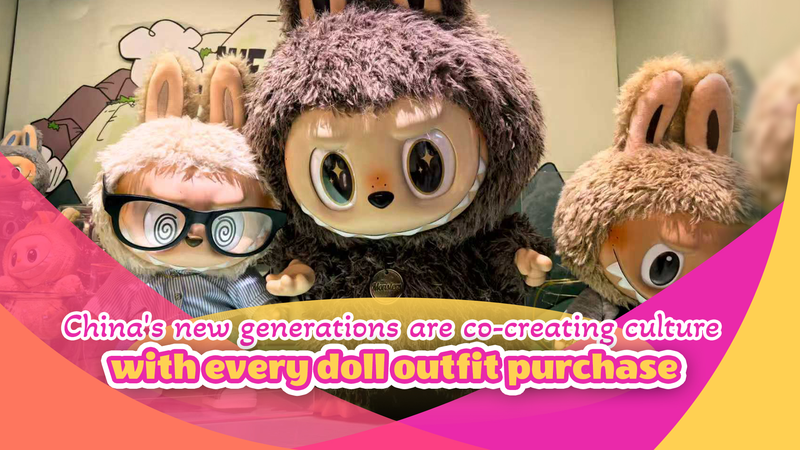This year, as the global collectible toy market is on track to hit $52 billion, China’s doll clothing sector is stepping into the spotlight. Last year, sales in this niche surged by 117.08 percent, driven by the power of personalization and a dynamic, flexible supply chain.
Young consumers across the Chinese mainland are no longer passive buyers. They’re collaborating with brands to design limited-edition outfits, sharing ideas via livestreams and social media, and fueling a culture of co-creation.
From Traditional Tailors to Agile Startups
Many established clothing manufacturers have pivoted to this emerging market, adopting small-batch production and rapid-response systems. These techniques—once reserved for fast fashion—now empower niche designers to test, refine, and launch new styles in days, not months.
Data-Driven Growth and Global Reach
- 2024 sales growth: 117.08 percent year-on-year in doll clothing
- Projected market size: $52 billion in 2025 for collectibles
- Key drivers: personalization, social commerce, and digital engagement
Cross-border e-commerce platforms and social selling channels have turned Shanghai-based labels into global players overnight. From Tokyo to Toronto, collectors are snapping up avant-garde doll outfits—and importing inspiration back into their own fashion scenes.
The Road Ahead
As we look toward 2026, the fusion of digital design tools, 3D printing, and community-driven trends promises to redefine both human and miniature wardrobes. For entrepreneurs, this wave offers a template: combine data insights with agile manufacturing, and tap into the co-creation mindset shaping global consumer culture.
China’s doll clothing boom isn’t just a niche phenomenon—it’s a microcosm of how young, connected shoppers are rewriting the rules of fashion, one stitch at a time.
Reference(s):
China's new generations 'co-create culture' with doll outfit purchases
cgtn.com




